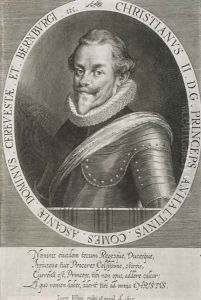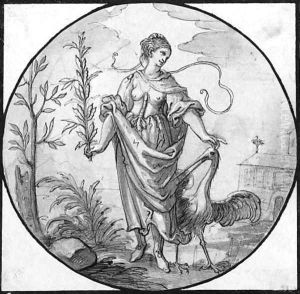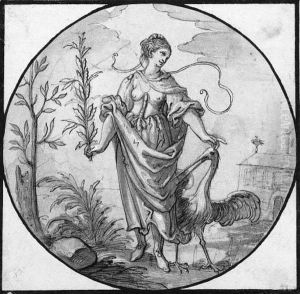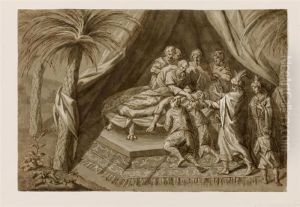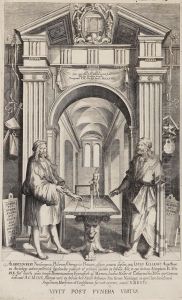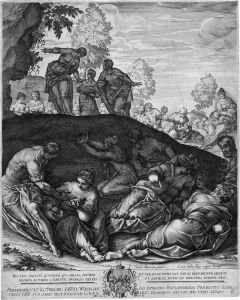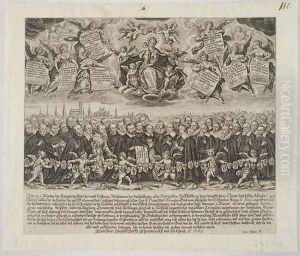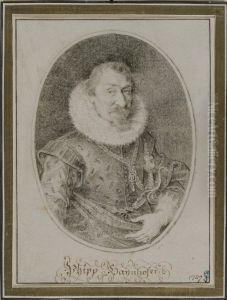Lucas Kilian Paintings
Lucas Kilian was a notable figure in the world of art, born in 1579 in Augsburg, Germany, into a family deeply entrenched in the arts. His father, Wolfgang Kilian, was an accomplished engraver, which provided Lucas with an early exposure to the craft. This familial environment nurtured his talents, setting him on a path to becoming a distinguished engraver and draftsman in his own right. The Kilian family's legacy in the arts was significant, with many members, including Lucas, contributing to the reputation of Augsburg as a center for engraving and printmaking during the late Renaissance and early Baroque periods.
Kilian's work is characterized by its meticulous detail and the elegance of its execution, qualities that made him one of the most sought-after engravers of his time. He specialized in portraits, but his repertoire also included religious subjects, allegorical scenes, and historical events, showcasing his versatility and deep understanding of various themes. His ability to capture the likeness and personality of his subjects was particularly admired, making his portraits highly valuable to his contemporaries.
Throughout his career, Lucas Kilian collaborated with many artists and patrons, producing prints based on the works of others as well as original compositions. His engravings served not only as artworks but also as a means of disseminating the designs of prominent artists to a wider audience, playing a crucial role in the spread of artistic styles and ideas. Kilian's contribution to the arts was not limited to his own creations; he also played a part in the training of the next generation of artists, including members of his own family, ensuring the continuation of his artistic legacy.
Lucas Kilian's death in 1637 marked the end of an era for the Kilian family's prominence in the arts, but his works continue to be celebrated for their beauty and technical excellence. Today, his engravings are held in high regard, studied by art historians, and cherished by collectors, serving as a testament to his skill and the vibrant artistic culture of early modern Augsburg.
